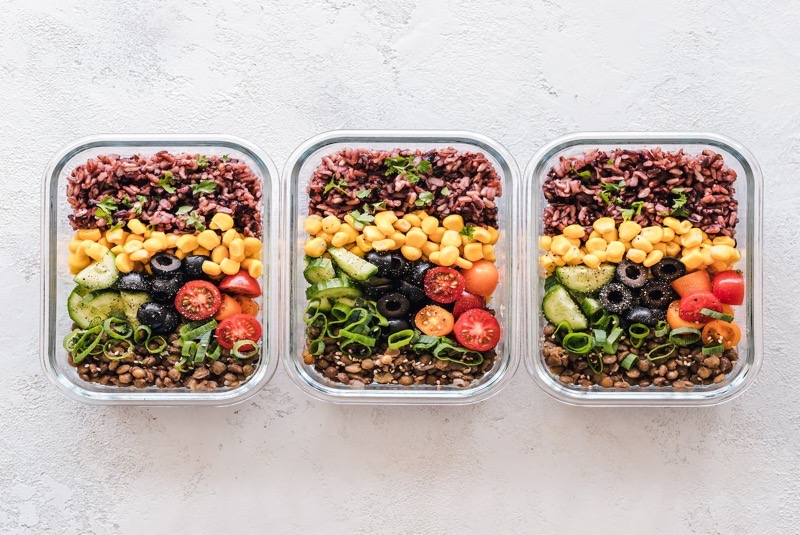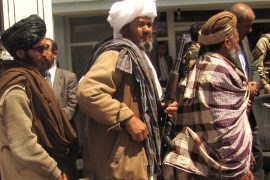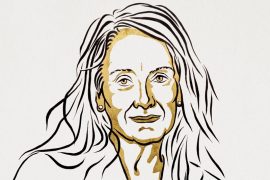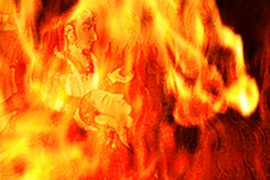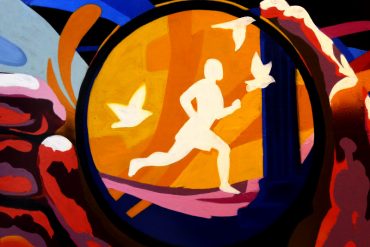Different regions in India are recognised by specific food items. For instance, North India is popular for paneer, the South for idli, the West for sweet daal, and the East for fish and rice. Moreover, there are stereotypes such as Indian food means vegetarian food.’ However, it is not a fair representation of ‘Indian food’ at all. There is much more to how food is prepared in each region.
Yet, it is not fair to summarise food in India under the umbrella term ‘Indian Cuisine’ because there are so many different cuisines within the country. Different culinary customs, narrate stories and traditions of different faiths, social classes and castes.
For instance, sometime in 2016, a picture featuring ‘Brahmin Sambar Powder,’ from a grocery chain in Kerala, went viral on the internet. The marketing strategy was aimed at selling the product as ‘high quality.’ People were furious for selling the product, an ‘onion and garlic free’ Sambar, in the name of caste.
Recipes specific to caste may sound peculiar to foreigners, but different social classes practice particular recipes based on their region. For example, most Brahmins of South India completely exclude onions and garlic, while the ones in the North cannot avoid them but steer away from meat. Bengali Brahmins are known for their love of fish.
Even in modern India, when a woman marries into a family, she is expected to cook as per their family (caste) rules. If the woman marries through an intercaste marriage, she is most likely to be called out for not being able to produce the taste of the family heritage.
Vijee Krishnan, author of Why Onions Cry: Peek into an Iyengar Kitchen, shares how, being from Delhi, she was unfamiliar with a specific method of preparing food eaten by her husband’s family.
Krishnan married into an Iyengar Brahmin family, and the family assumed that she could make traditional Iyenger food. While she knew how to follow the ‘Brahmin food’ laws, she was unaware of the Iyengar nuances. She had to learn the traditions from her mother-in-law quickly.
While the nuances in food preparation may give the reader an idea about the diversity of food in India, it is also an enforcement of the system of hierarchy, the caste system. The food in India can also divide society and create barriers to social mobility.
In a society where the fake narrative that Brahmins are noblemen and others are below them, selling food labelled as ‘Brahmin’ comes from the perverse idea that Brahmins represent the highest form of purity.
The issue of eating meat, especially beef, has been a cause of violence and controversy for years. Eating beef has been considered politically subversive in India for a long time as the governments of many states have enforced the ban on cattle slaughter.
In the history of Caste system, it is believed, contrary to evidence, that Brahmins have refrained from eating meat. Lower castes, who did not enjoy the same wealth as the Brahmins due to the limitations enforced by social structure, could not afford the range of dairy products and vegetables that the high-caste population enjoyed. They found their nutrition from readily available sources, animals they could raise and slaughter for themselves. Beef, pork, and offal were the cheapest sources of protein.
Religious texts dictate many choices of serving and eating these items today. They have been historical practices determined by caste, religion, and ethnic groups. The society has enforced poverty upon low castes. Hence, the same society enforced the food they could afford. Yet, society judges them for the food they eat. By never touching the food eaten by Dalits, Brahmins claim, falsely, to be ‘pure.’ Ergo, the food the lower castes ate became the symbol of their social standing: ‘impurity.’
Meat has been associated with untouchability. It is one of the main items on the menu of the untouchable community. While most Hindus refrain from eating beef, all the castes which were considered ‘untouchable’ had something or the other to do with dead cows. Be it the ones who consumed it, procured its skin or manufactured some articles from its skin or bones.
Inequalities of caste are rarely analysed through the lens of food and nutrition. In recent times, food politics has become a topic of debate and discussion, especially in academic institutions where Dalit and tribal students have expressed their concerns about practising their food habits as an assertion of their rights.
A 2014 short documentary film, Caste on the Menu Card, explores the beef-eating practices in Mumbai and looks at it through the lens of caste-based inequalities. The film portrays food as a method of social exclusion and observes the roots of the social standing of people in connection to their food habits. It also explores issues related to livelihood and human rights related to food and the caste system.
The movie includes the discourse of food and equal rights extensively discussed at the academic institution. Still, it also initiates the conversation of how items such as beef and pork are included or excluded from the menu of restaurants, hotels, and campus mess. With inputs from scholars and experts, the film argues that all edible items should be treated equally and not be associated with social status. The choice to eat meat or not should be practised as a personal choice and an equal right.
To this date, those who eat beef are alienated in society, be it Dalits, Muslims, or Christians. Their habits are viewed as ‘impure’ and have been looked down upon as ‘dirty’ or ‘nausea-causing.’ A study cited in a BBC report carried out by a US-based anthropologist Balmurli Natrajan and India-based economist Suraj Jacob suggests that only 20 per cent of Indians are truly vegetarian, and yet eating meat has been a cause of shame.
The food we eat can be perceived as a result of where we come from, our social status, and our financial worth. It can even determine who we marry. A vegetarian is viewed as ‘pure’ by default, and eating meat is popularly seen as ‘impure’ and associated with violence.
The politics of food divides Indian society and acts as an indicator of social hierarchy. It’s time to be more inclusive of food habits.
-30-
Copyright©Madras Courier, All Rights Reserved. You may share using our article tools. Please don't cut articles from madrascourier.com and redistribute by email, post to the web, mobile phone or social media.Please send in your feed back and comments to editor@madrascourier.com

